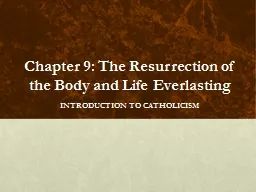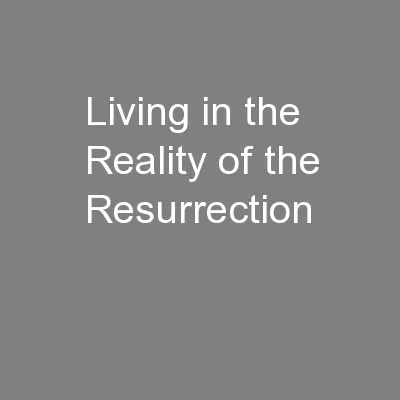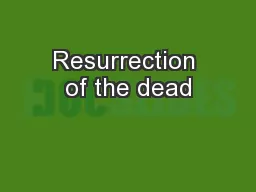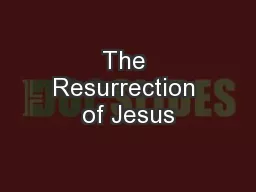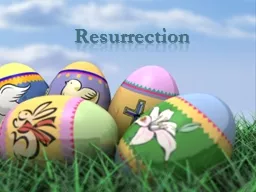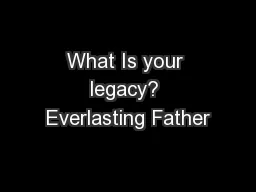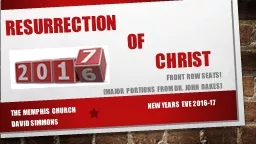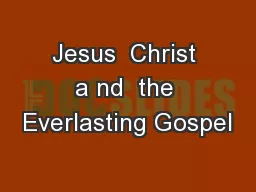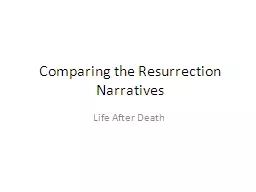PPT-Chapter 9: The Resurrection of the Body and Life Everlasting
Author : danika-pritchard | Published Date : 2018-09-24
INTRODUCTION TO CATHOLICISM ANTICIPATORY SET Free write on how the passage with the description of the Last Judgment cf Mt 253146 relates to the truth that at
Presentation Embed Code
Download Presentation
Download Presentation The PPT/PDF document "Chapter 9: The Resurrection of the Body ..." is the property of its rightful owner. Permission is granted to download and print the materials on this website for personal, non-commercial use only, and to display it on your personal computer provided you do not modify the materials and that you retain all copyright notices contained in the materials. By downloading content from our website, you accept the terms of this agreement.
Chapter 9: The Resurrection of the Body and Life Everlasting: Transcript
Download Rules Of Document
"Chapter 9: The Resurrection of the Body and Life Everlasting"The content belongs to its owner. You may download and print it for personal use, without modification, and keep all copyright notices. By downloading, you agree to these terms.
Related Documents

